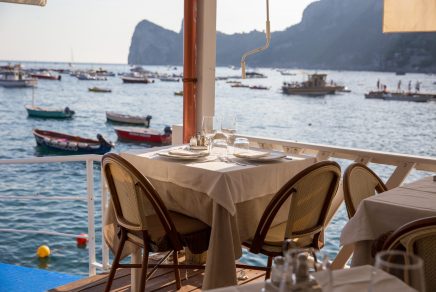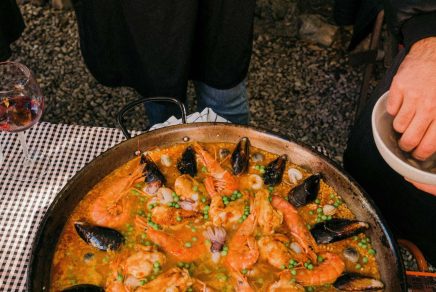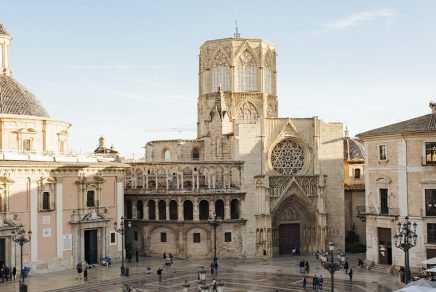Share the article
The Costa Brava is one of those legendary places that vacationers from all over the world dream of visiting at least once in their lifetime. Much like the Amalfi Coast, the French Riviera, or the Dalmatian Coast, the Costa Brava is synonymous with stunning beaches, exquisite gastronomy, and ultimate leisure.
Situated between Barcelona to the south and the French border to the north, the Costa Brava proudly embodies Catalan culture. Here, you’ll savor classic Catalan culinary delights such as butifarra, fideuàs, and pa amb tomàquet. You can even “fer un vermut,” enjoying a few glasses of local vermouth on a leisurely Sunday afternoon. But the culinary arts are just one of many reasons to visit the Costa Brava.
Every town, village, and hamlet in this region holds its own unique treasures. From artistic havens to historical landmarks and vibrant coastal towns, there’s something for everyone on the Costa Brava. Here are some must-see destinations and the main reasons to visit each one!
The Costa Brava is an immensely popular destination among European tourists. The coast is a microcosm of everything found in the Mediterranean: fine wines, beautiful beaches, lively clubs, stunning panoramas, luxury dining, and upscale resorts. And with its close proximity to Barcelona, it’s hard to miss out on a great vacation in these circumstances.
Figueres, for art
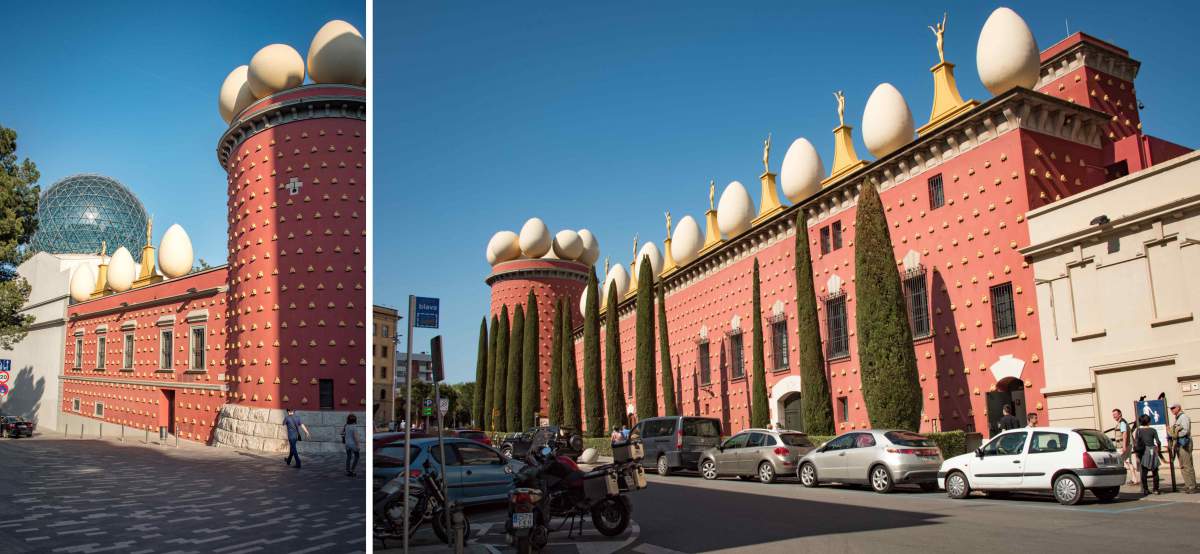
Salvador Dalí is probably the most iconic artist in all of Spain, and he was born in Figueres. In his hometown you’ll find a massive surrealist building, the Dalí Theatre-Museum. The artist dedicated himself to the creation of this museum-theatre, with many of the ideas coming directly from him. It houses a large collection of his works, as well as his tomb.
The Theatre-Museum is the most important work of art and the emblem of the small town of Figueres, but art and history permeate the whole town.
There is the old and grandiose side of Spain from times gone by, such as at the Hotel Duran, in business since 1855.
And there is the “largest castle in Europe”, the Castell de Sant Ferran, built in 1753.
Roses and Empuriabrava, for the sea
What makes the Costa Brava one of the most popular destinations for tourists from all over Europe is the sea. The Mediterranean is the base of the coast and the leisure activities are centred around it.
In Roses, a small town located between Cap de Norfeu and the Parc Natural dels Aiguamolls, the coast is at its best. High and grand, rocky and rugged, it sometimes gives way to small secluded beaches. The town itself has a lovely little seafront boulevard, and a short taxi ride north reveals several luxury hotels and restaurants, all with stunning sea views.
Just south of Roses, Empuriabrava is essentially the sea itself! This small town is home to the largest residential marina in the world. With 24 kilometres of canals, the houses are built right on the water. And, of course, Empuriabrava has one of the most beautiful beaches on the entire coast.
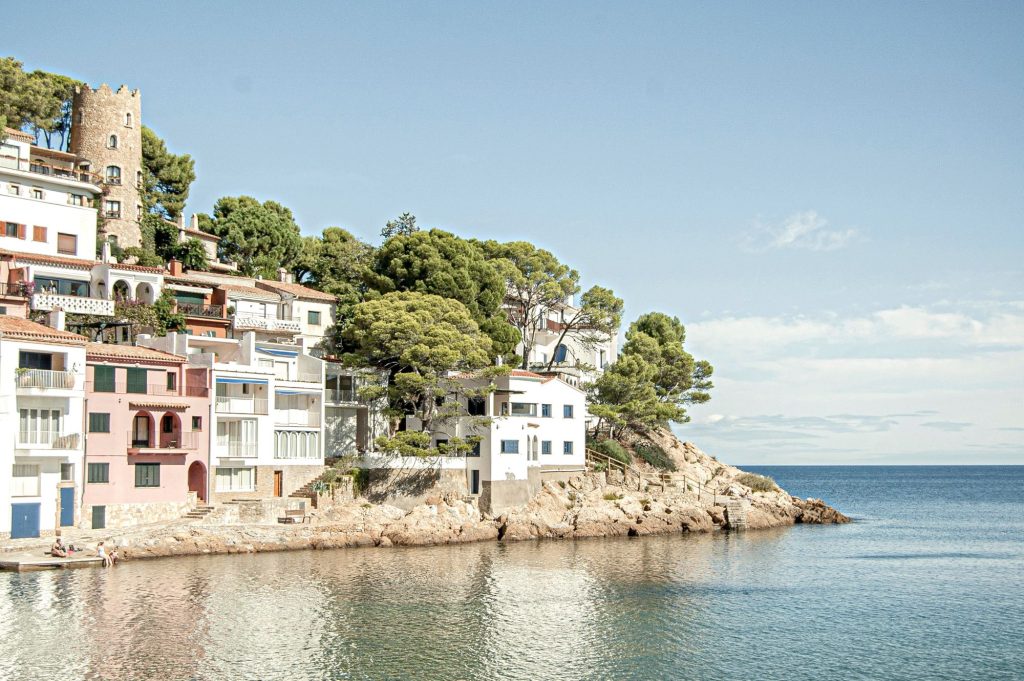
Lloret de Mar, for the party
As well as being the largest town on the coast, Lloret de Mar is synonymous with “clubs”. EDM (Electronic Dance Music) enthusiasts, night owls and other party-goers will all find their place here. There are huge resorts, clubs with some of the best DJs in Europe, beach parties almost every night and even a huge water park.
But Lloret de Mar is not just about partying: the Santa Clotilde Botanical Garden blends in perfectly with the rugged coastal terrain. The variety of Mediterranean plants is well worth a visit!
Tossa de Mar, for history
The old town of Tossa de Mar, Vila Vella in Catalan, with its medieval streets is one of the most popular tourist attractions on the Costa Brava. And for good reason: some of the buildings in the town date back to the 12th century, and most of the town itself dates back to the 14th century.
The town’s medieval castle, built in 1187, overlooks Tossa de Mar’s main coarse-sand beach. At nightfall, the castle is illuminated along its entire length, giving the town an enchanting appearance.
In addition to these three attractions, Tossa de Mar has Roman ruins, a church dating back to 1775 and many other sites that testify to the town’s rich history.
Capmany, for wine
In Capmany, a small agricultural village, there are five wine cellars. It would be wise to devote more than one day to discovering the wines produced in this small town.
Visiting the Celler Arché-Pagès, exploring the vineyard, entering the cellars and tasting the wines produced on site is an exceptional experience, whether you are a beginner or an experienced taster. Guided tours are available in several languages and it is possible to make appointments for groups. To visit Spain without visiting the vineyards is a sin…
Llançà, for the culinary arts
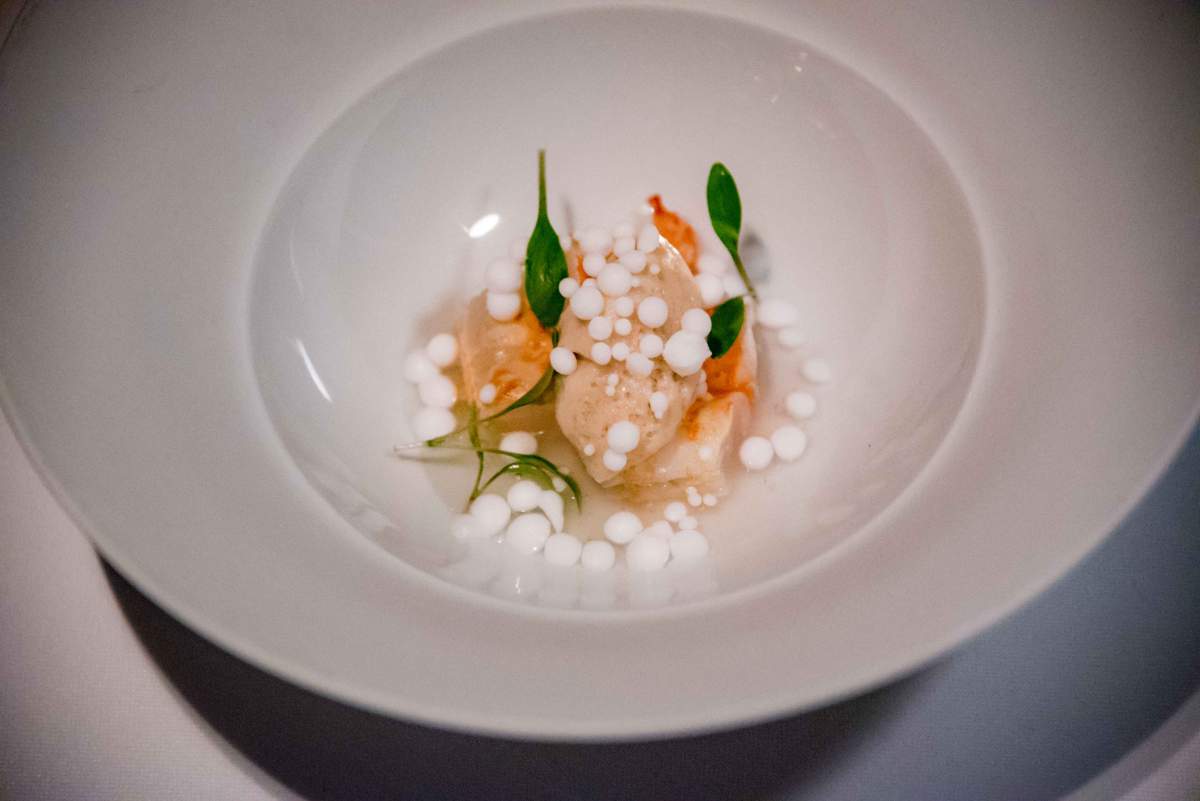
It has been several years since El Bulli, the world-famous restaurant of the Adrià brothers, closed its doors. It was located near Roses. Today, the Adrià empire has moved to Barcelona, where the brothers and their collaborators have opened no fewer than six restaurants.
Now, on the Costa Brava, to get a good idea of what was served at El Bulli, you have to turn to Paco Pérez. This Catalan chef worked for Ferran and Albert. Today his Miramar restaurant in Llançà has two Michelin stars. Dining there is a breathtaking experience.

